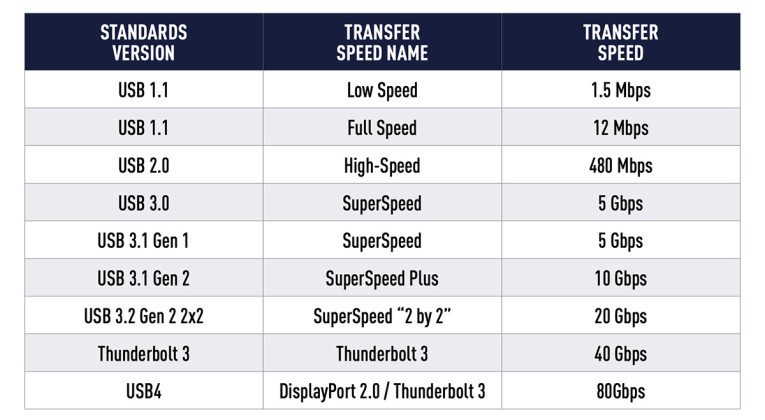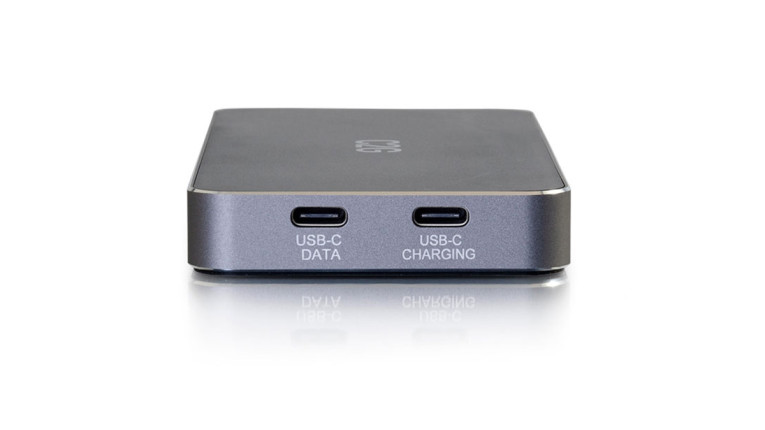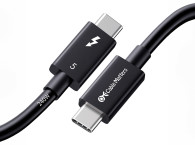
The ensuing decade saw the demand for ever greater transfer speeds bring us USB 3.1 Gen 1, then USB 3.1 Gen 2, and Thunderbolt 3.0. Soon we’ll be calling all of this USB4. This alphabet soup of USB formats is empowered and enabled by a new physical connection that’s been optimized for next-generation data and AV demands. USB Type-C is here and it will profoundly change the nature of docking systems.
"USB Type-C is one of the most sophisticated and comprehensive connectivity ports to ever exist. Unfortunately it is also one of the most misunderstood and confusing. There is no easy way to navigate the sea of change engendered by this connector other than vigilance combined with continuing education and experimentation. This is especially true in the case of docking solutions as they are the bridge between network, productivity, peripheral, and AV systems and solutions," says the paper author Joe Cornwall.
"With a reversible plug orientation and cable direction, USB Type-C supports scalable power and performance to future-proof your solution. The well-designed docking station is where the versatility and performance promised by this advanced technology is concentrated. The challenge for AV professionals is identifying which docking stations are well-designed and which features are best deployed in a specific installation," he adds, highlighting the importance of understanding the new connectivity standards.

"The benefits of this new standard can’t be overlooked; however, there are some critical takeaways to know when it comes to supporting today’s devices," says Robert Mays, Associate Product Marketing Manager, C2G, A Brand of Legrand. "This white paper provides any professional with a good understanding of USB Type-C so they can carefully select the docking station to correctly support the application."
The white paper answers several key questions including:
- What are USB, USB4, Thunderbolt 4, and USB Type-C?
- How does USB Type-C handle power?
- How is Extended Power Range different from the existing Standard Power Range in USB4, and what does it mean for system design?
- What is a USB docking station?
- How is Power Delivery handled in docking stations?
- What is USB Type-C Alternate Mode?
- What are EMCA cables, and are they passive or active?
- How does video work over USB Type-C?
Legrand’s full library of white papers, guides, and e-books is also available at https://www.legrandav.com/resources/white_papers_guides_and_ebooks.
C2G (Cables To Go) is a cabling and connectivity solutions company that is part of Legrand and specializes in serving the IT and AV industries. C2G uses premium components and the latest technologies to keep pace with the fast-moving changes in AV technology and carries over 7,000 stock items. The company owns its own manufacturing plant and all products comply with industry specifications across RoHS, R.E.A.C.H., and WEEE.
Legrand is the global specialist in electrical and digital building infrastructures, offering solutions for commercial, industrial, and residential markets.
www.legrand.us







